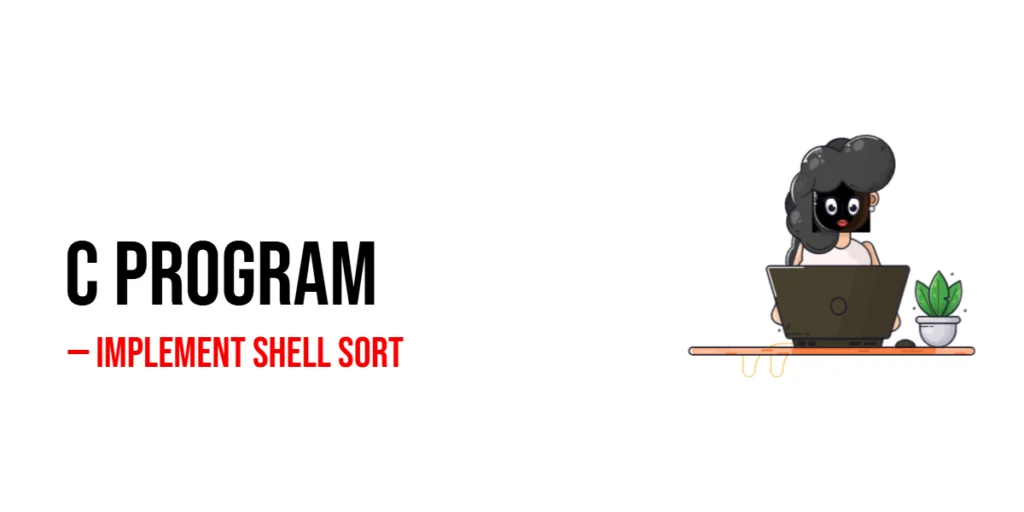C Program to Check Endianness of Machine
When learning C programming, it’s important to understand how computers store data at the hardware level. One concept that often comes up is endianness, which refers to the order in which bytes are arranged in memory. A machine can either be little-endian, where the least significant byte is stored first, or big-endian, where the most […]
C Program to Check Endianness of Machine Read More »









